The existence of white holes, giant cosmic structures that repel all approaching objects, is still controversial and is considered a "ghost" born from the mathematics of general relativity.
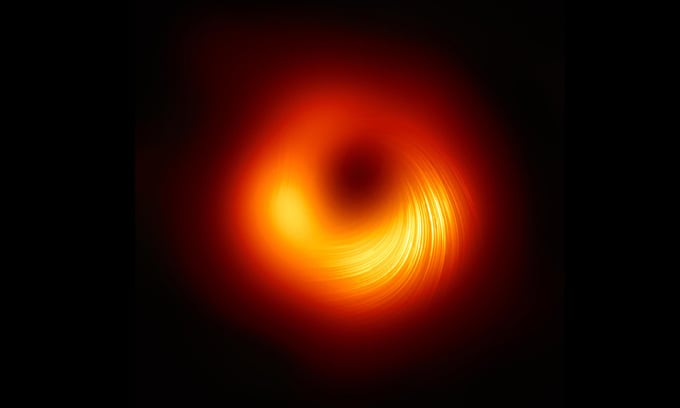
The Event Horizon Telescope captured this image of the supermassive black hole at the center of galaxy M87. Image: EHT Collaboration
Black holes are regions of complete gravitational collapse, where gravity overwhelms all other forces in the universe and compresses a mass of matter into an infinitely small point called a singularity. Surrounding the singularity is an event horizon, not a solid physical boundary but simply a border around the singularity, where gravity is so strong that nothing, not even light, can escape.
When a massive star dies, its enormous weight presses down on its core, resulting in the formation of a black hole. Any matter or radiation that gets too close to the black hole is trapped by its powerful gravity and pulled below the event horizon, leading to its destruction.
Experts understand how these black holes form and how they interact with their environment through Einstein's general theory of relativity. General relativity doesn't care about the flow of time. The equations are time-symmetric, meaning they work mathematically whether you move forward or backward in time.
If you filmed the formation of a black hole and played it back, you would see an object emitting radiation and particles. Eventually, it would explode, leaving behind a giant star. That would be a white hole, and according to general relativity, this scenario is entirely possible.
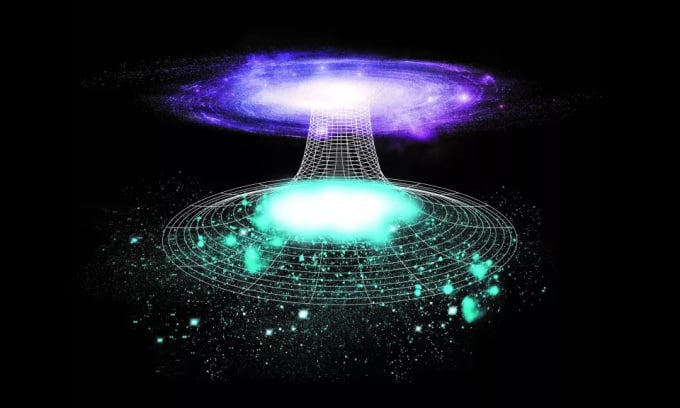
White holes are theoretical cosmic structures that operate in the opposite way to black holes. Photo: Future/Adam Smith
White holes are even stranger than black holes. They still have a singularity at the center and an event horizon at the edge. They are still massive objects, with strong gravity. But any matter that approaches the white hole will be instantly ejected at faster-than-light speeds, causing the white hole to shine brightly. Anything outside the white hole will be unable to get in, because it would need to travel faster than light to get through the event horizon.
However, the existence of white holes remains controversial because general relativity is not the only theory in the universe. There are other branches of physics that explain how the universe works, such as the theories of electromagnetism and thermodynamics.
In thermodynamics there is the concept of entropy, which is simply a measure of the disorder in a system. The second law of thermodynamics states that the entropy of closed systems cannot decrease.
For example, if you throw a piano into a wood chipper, the output will be a bunch of pieces. The disorder in the system increases, satisfying the second law of thermodynamics. But if you throw random pieces into the same wood chipper, the output will not be a complete piano because that would reduce the disorder. Accordingly, it is not possible to simply rewind the process of black hole formation to get a white hole, because that would reduce entropy, and stars cannot form from a violent explosion.
So the only way white holes could have formed is if some strange process had taken place in the early universe that avoided the problem of decreasing entropy. They simply existed from the very beginning of the universe.
However, white holes would still be very unstable. They would pull matter toward them, but nothing could cross the event horizon. Anything, even a photon (a particle of light), would be annihilated as soon as it approached the white hole. The particle would be unable to cross the event horizon, causing the energy of the system to skyrocket. Eventually, the particle would have so much energy that the white hole would collapse into a black hole, ending its existence. So, interestingly enough, white holes don’t seem to be real cosmic structures, but rather “ghosts” created by the mathematics of general relativity.
Thu Thao (According to Space )
Source link





![[Photo] Overcoming all difficulties, speeding up construction progress of Hoa Binh Hydropower Plant Expansion Project](https://vstatic.vietnam.vn/vietnam/resource/IMAGE/2025/4/12/bff04b551e98484c84d74c8faa3526e0)


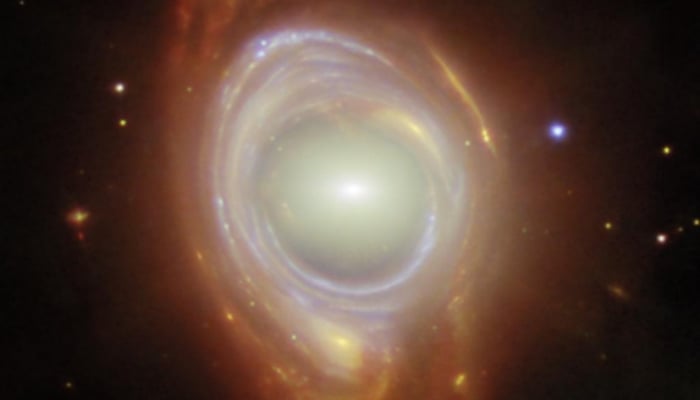

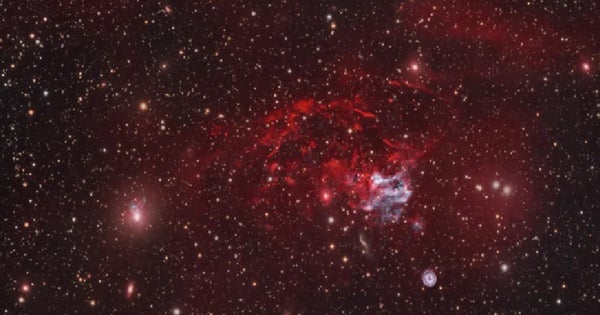

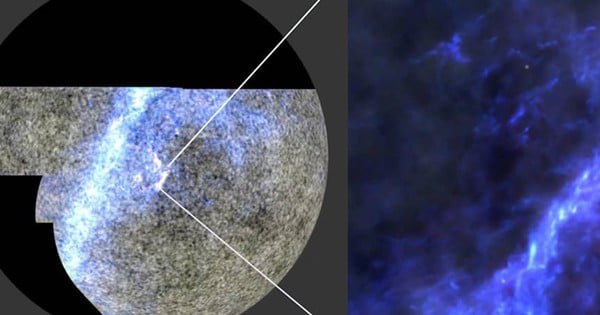


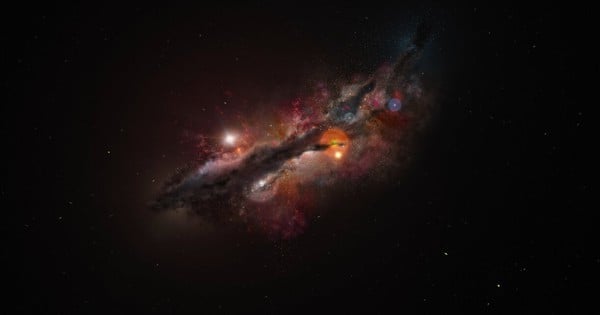
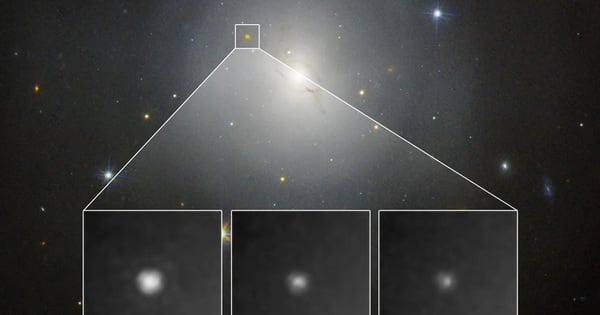
















































































Comment (0)